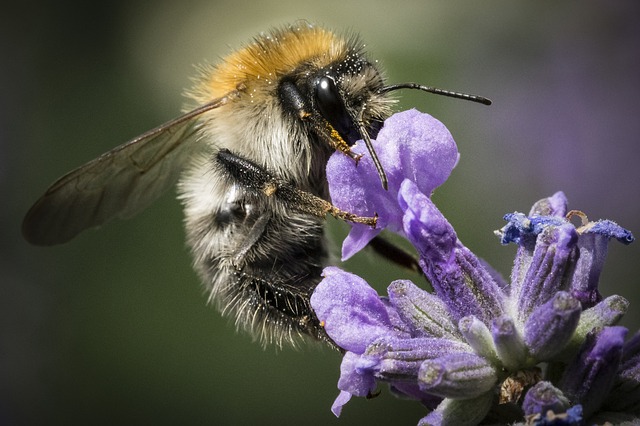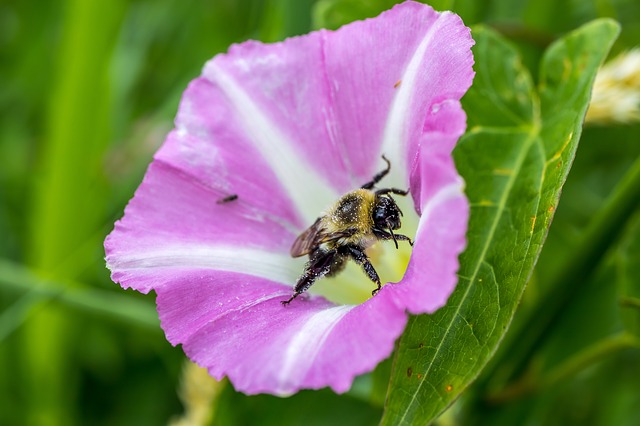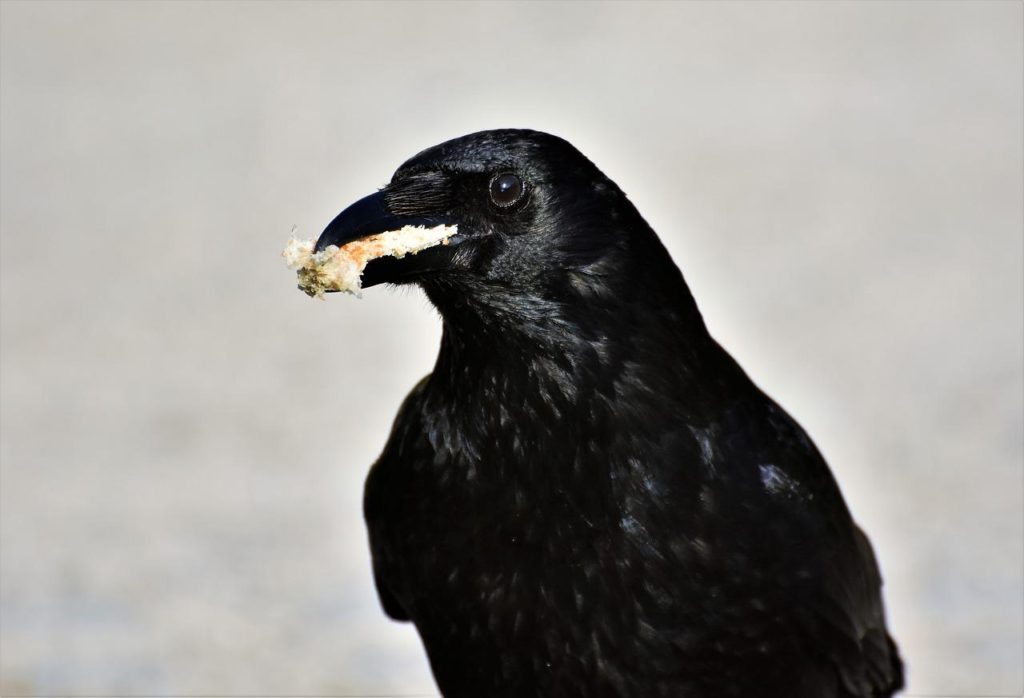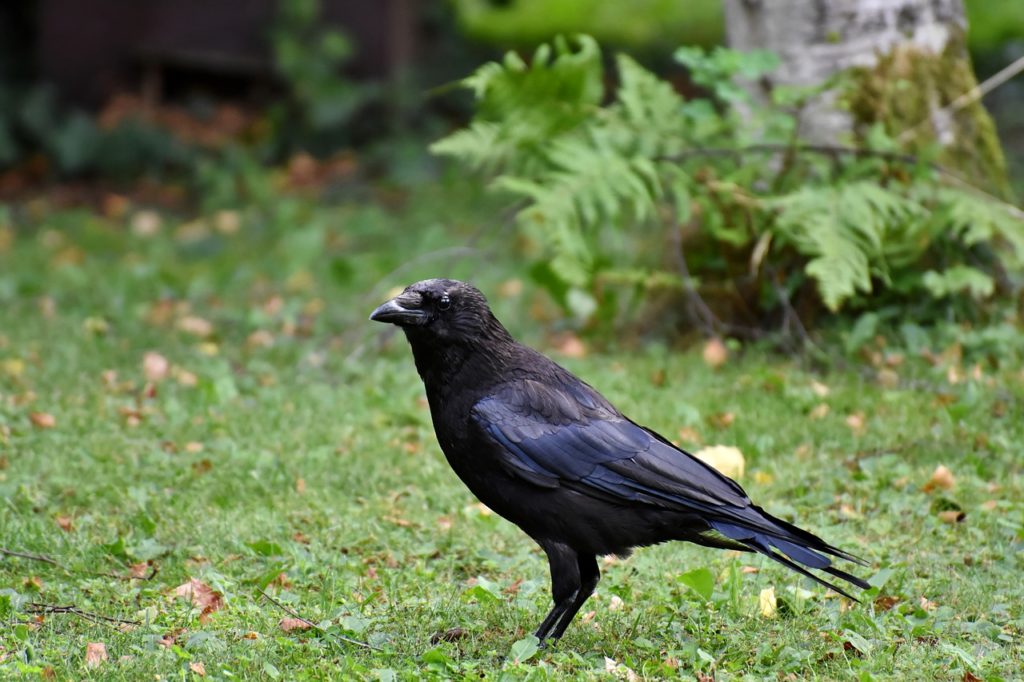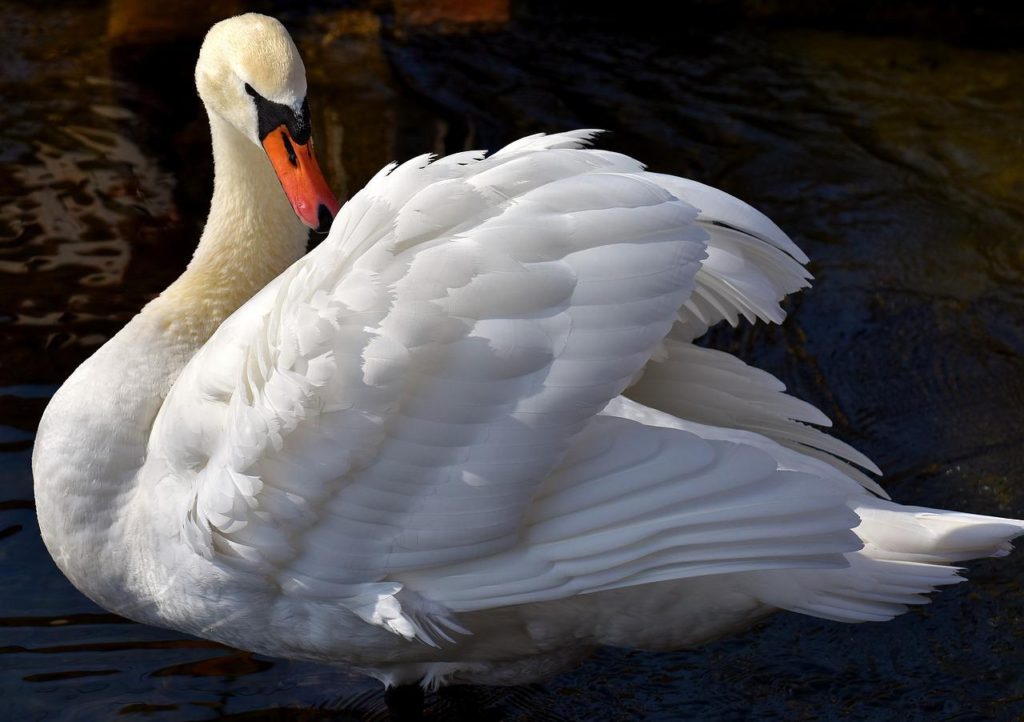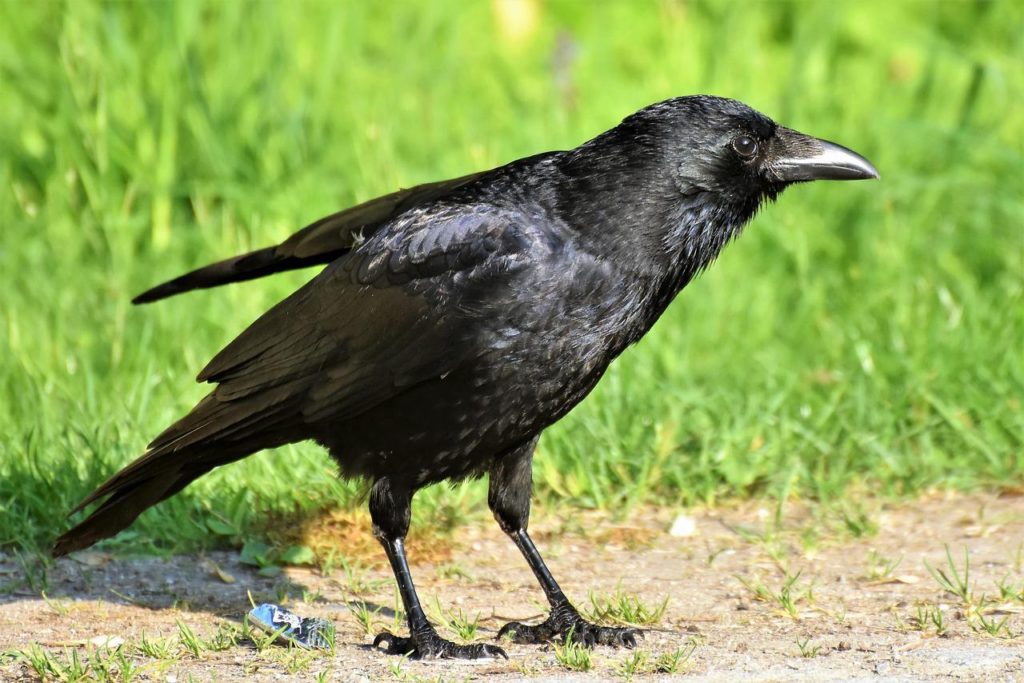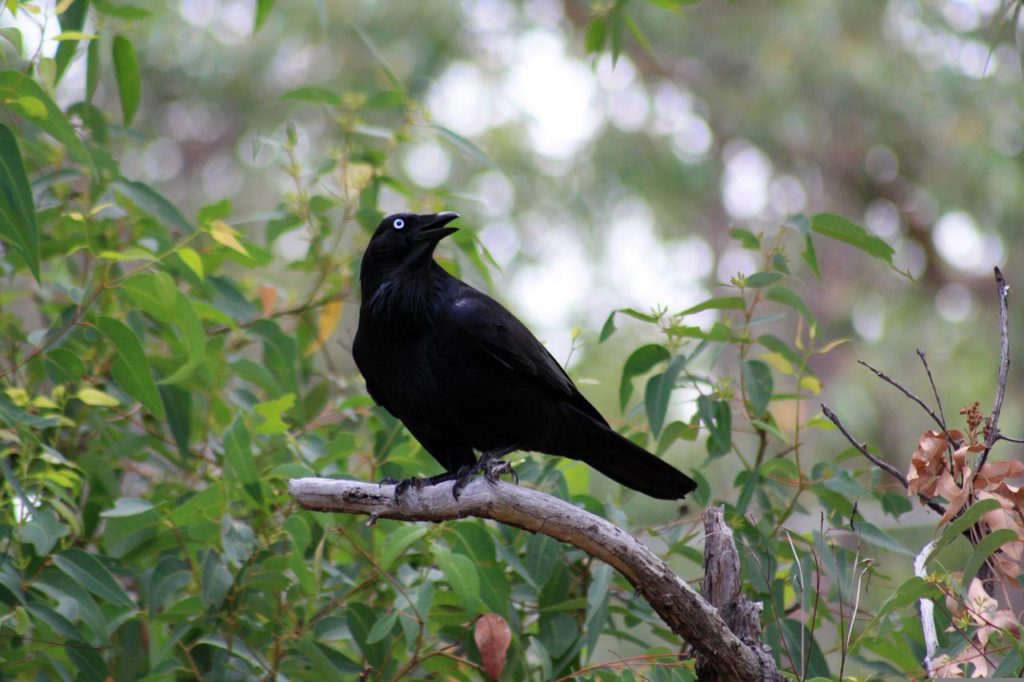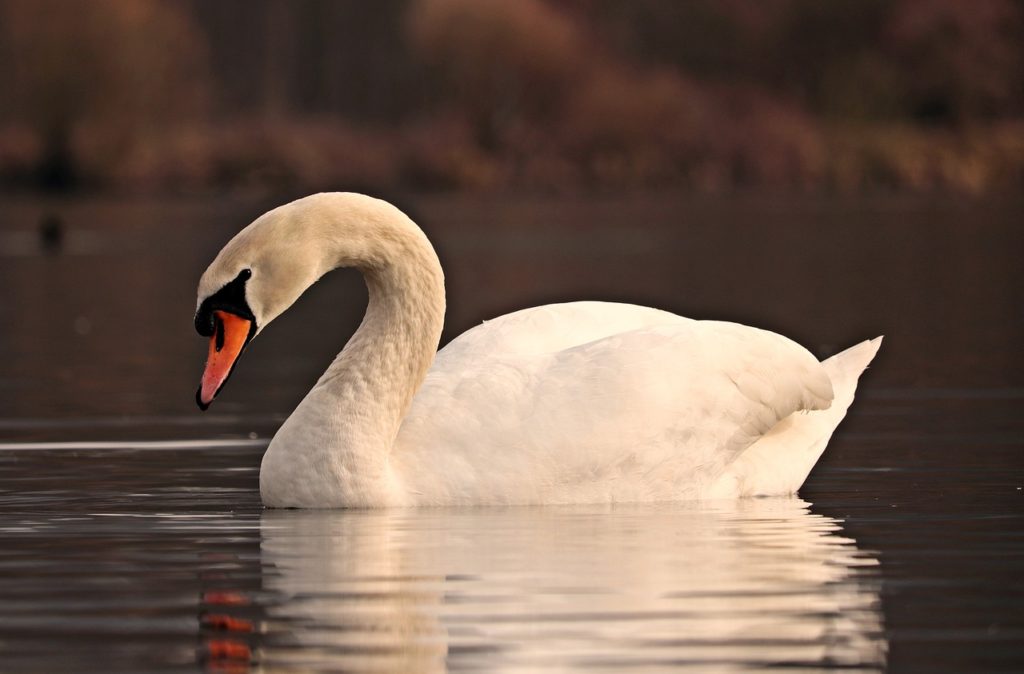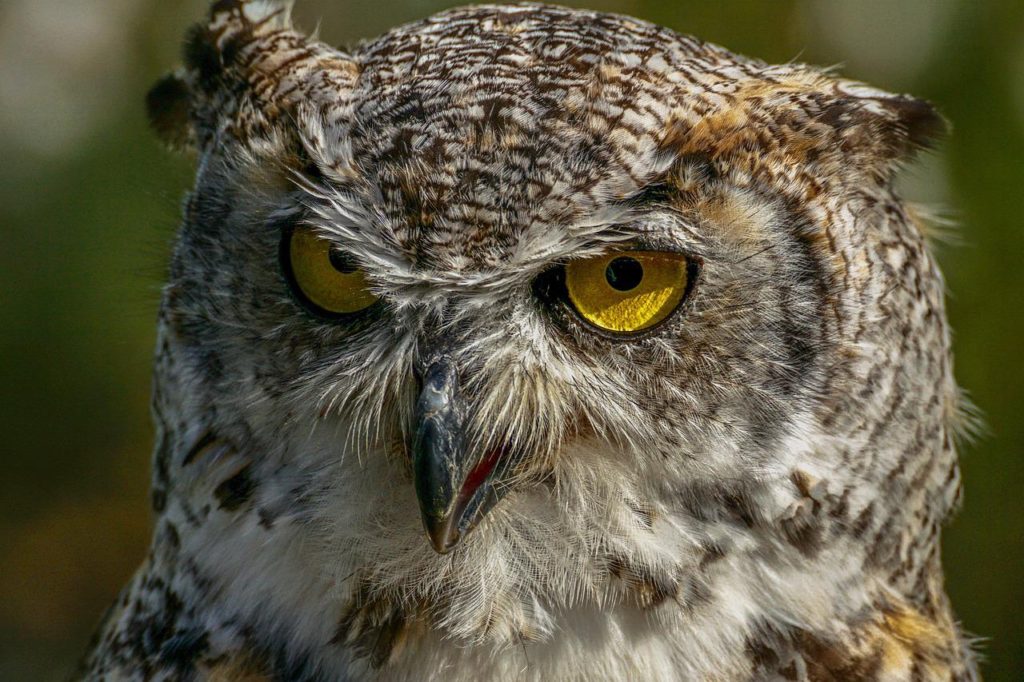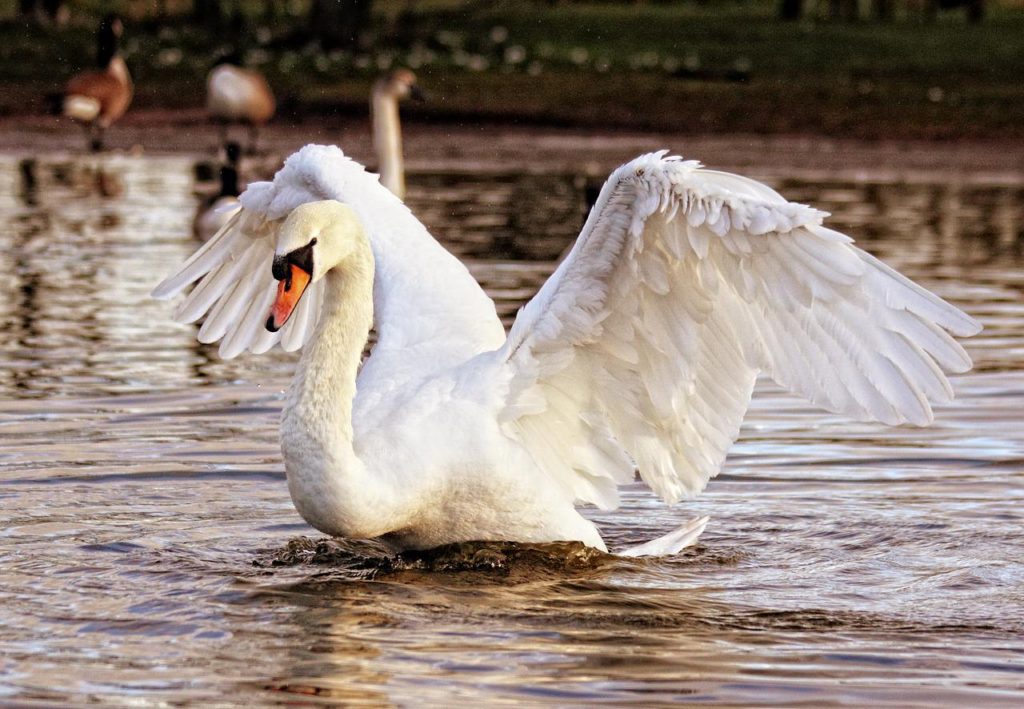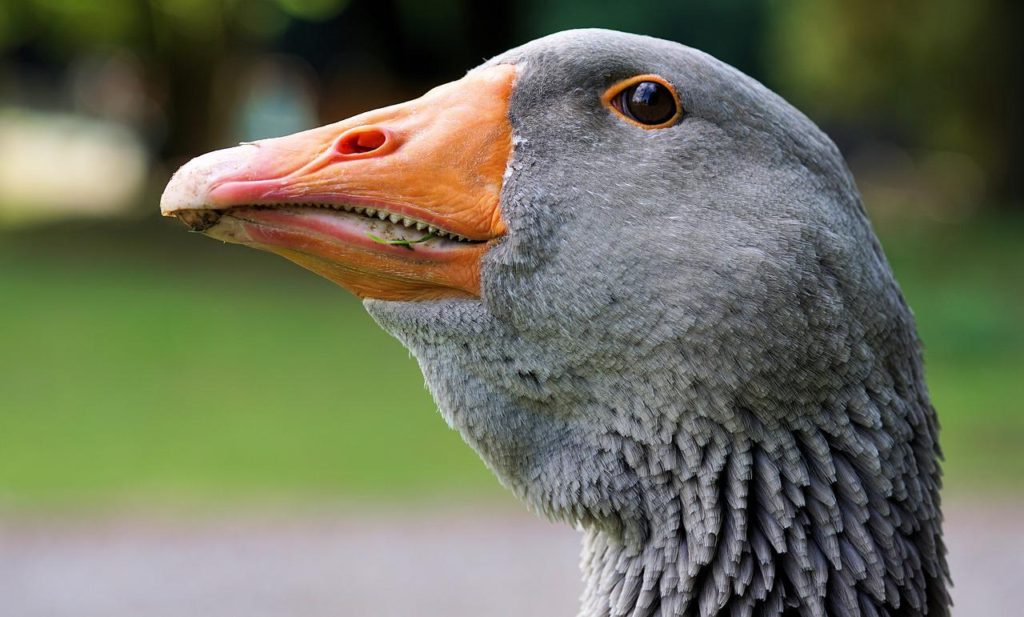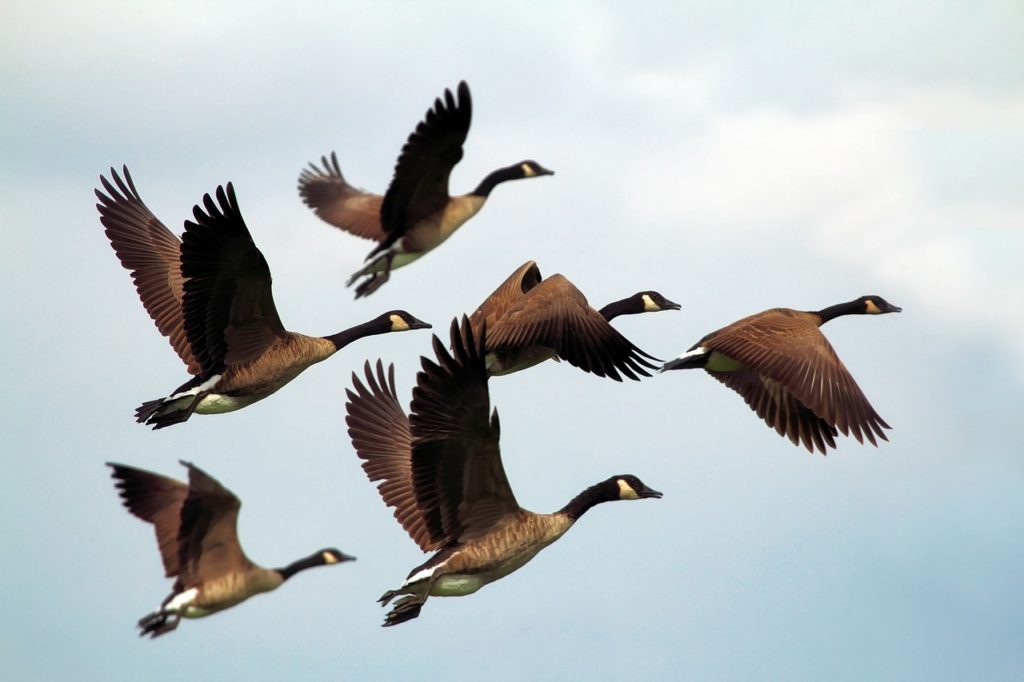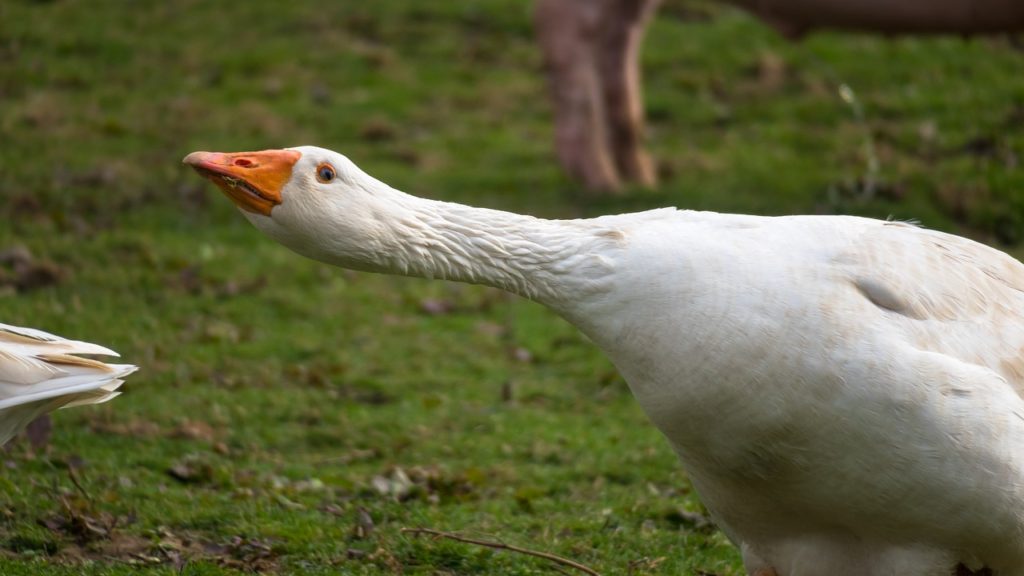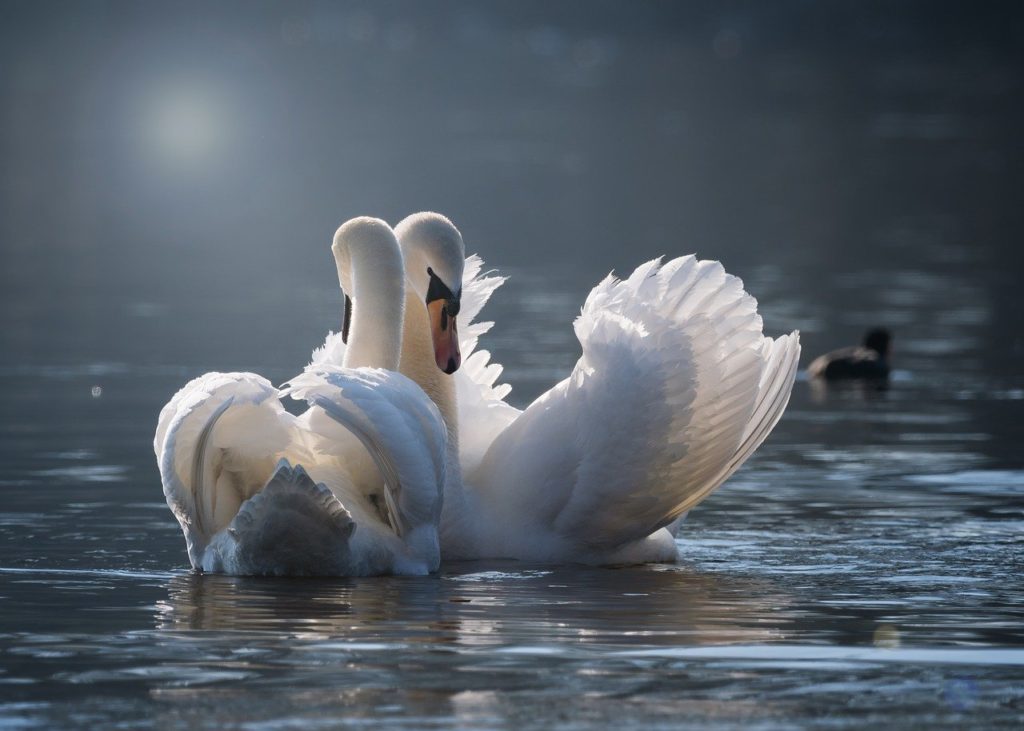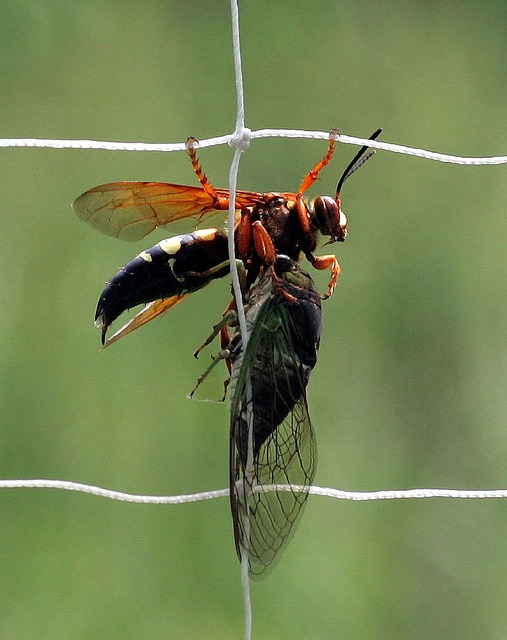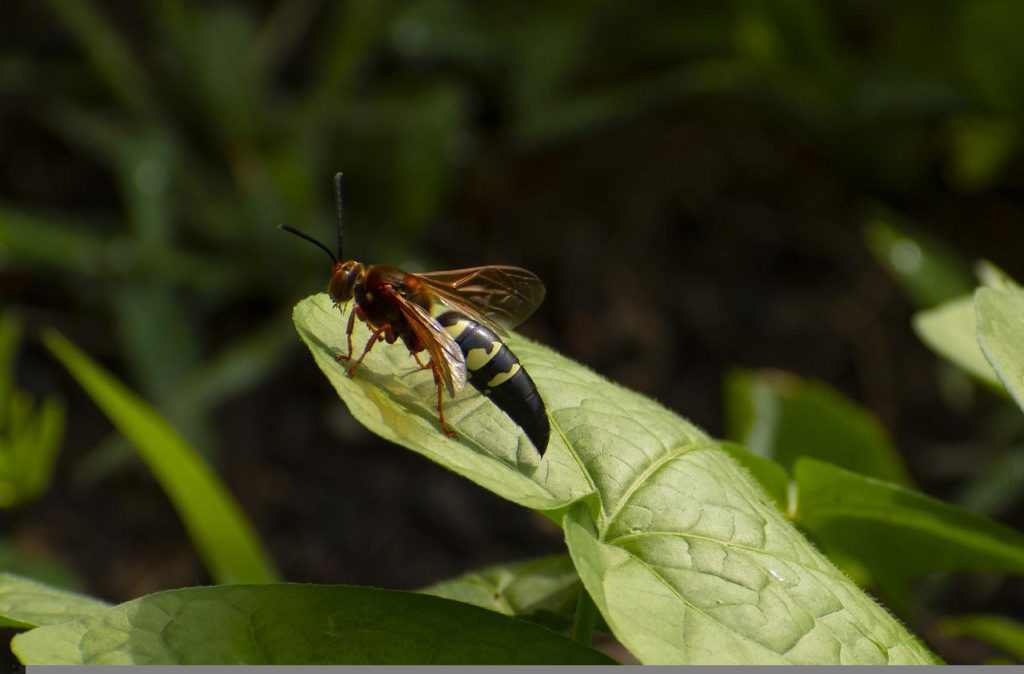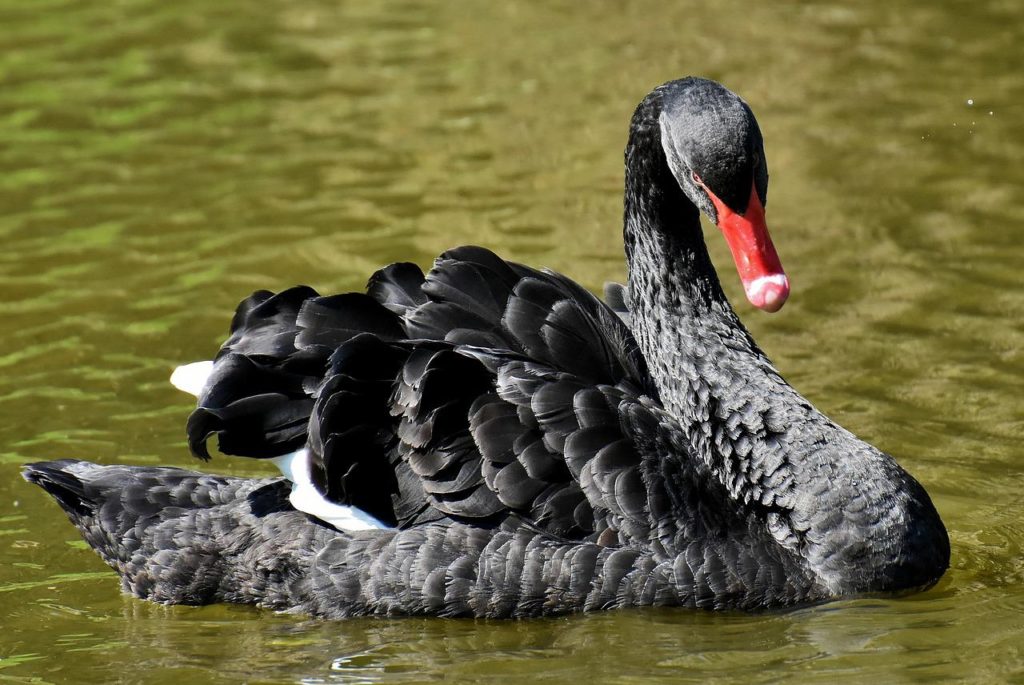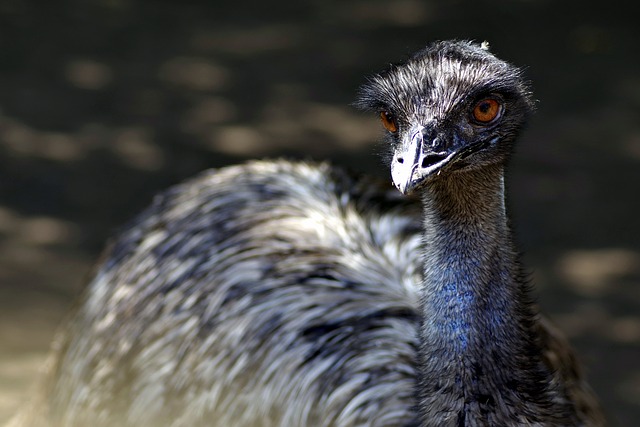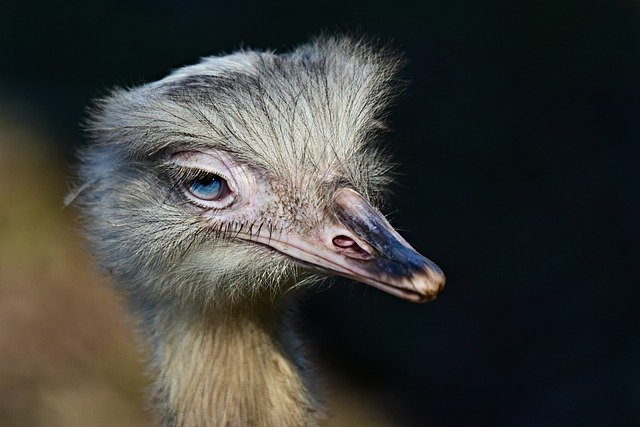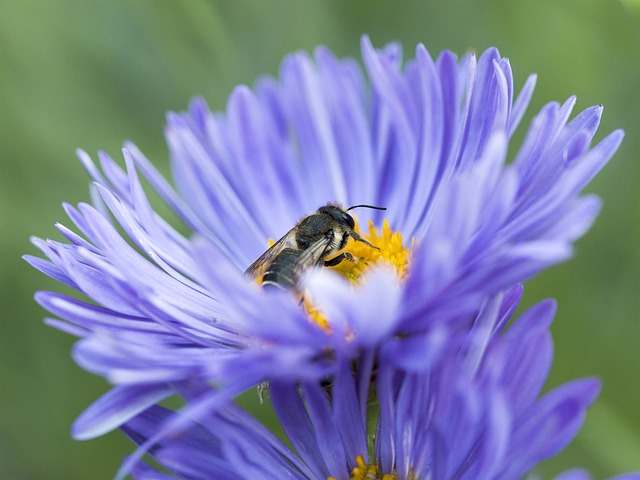
Chances are if you’ve been paying even a little bit of attention, you’ve heard about the “beepocalypse.” Depending on the source, you’ve likely seen varying levels of concern. While some experts are simply following the phenomenon, others are downright alarmed.
Regardless of who you ask, there are a few inarguable truths one must understand about the state of bees across the world. It’s entirely true, for example, that bees have been disappearing at much higher rates than usual for more than a decade. It’s also undeniable that we need bees. In addition to playing a major role in the food chain and helping to maintain a stable natural environment, bees are primarily responsible for pollinating our food supply.
There are also factors about which we are less certain. Scientists disagree about what’s causing Colony Collapse Disorder, for instance. Some think it’s an epidemic of parasites, while others blame pesticides like neonicotinoids. Many blame climate change. Another theory is that it’s a combination of all these factors.
Aside from all the semantics surrounding where the bees are going and why they’re leaving, there’s one thing everyone agrees on: we can help. From supporting local beekeepers to becoming a beekeeper yourself, there are a slew of ways to help the bee population.
The most popular option by far has been for regular folks like you and me to plant pollinator-friendly gardens in our own backyards. From elementary school students to avid gardeners, concerned citizens far and wide are dedicating themselves to making space for bees and other beneficial insects, providing them with an area all their own in the midst of the general population.
The best thing about these plots affectionately referred to as “bee gardens,” is that they are easy to plant and even easier to care for. Just follow these three simple rules:
Pick The Right Location
Bees, like most wildlife, prefer natural and unmanicured settings. Pick a location at the edge of your property where the blooms can grow freely and close together to prevent unnecessary travel between plants. You should also be sure to leave some dirt uncovered by mulch or foliage so solitary bees can nest.
Finally, bees need water. Muddy puddles are preferable, as they contain salt and minerals from the soil, but small containers of water can work as well. Just be sure to empty and refill the container regularly in order to prevent mosquito larvae and other backyard pests from hatching.
Choose Your Blooms Wisely
The most successful bee gardens include 10 or more different species of plants. Choosing a wide variety of flowers will also attract a wider variety of bees. To keep it simple and cost-effective, plant perennials (flowering plants that return year after year), as opposed to annuals which die after one season.
To reduce maintenance and ensure survival, choose plants native to your area. Or, if you’d prefer to let the experts do the work for you, order a pre-designed bee garden seed kit online.
Steer Clear Of Pesticides
Most pesticides are just as harmful to bees as they are to nuisance insects. Even “natural” solutions will kill the beneficial garden insects you are trying to attract and protect. For this reason, you should avoid using any pesticides in or around your bee garden. If you need to control pests elsewhere on your property, take care to avoid all flowering plants. You should also apply the solution at sundown, after peak bee activity.
It’s that simple. And the best part? It’s working. Thanks to pesticide regulation, improved beekeeping practices, and yes, bee gardens, bee populations have rebounded over the past several years. Still, in order to maintain honeybee health and the foods that they pollinate for us, we have to continue to do our part. So let’s get planting!
Start Shopping for Bee Keeping Supplies!
What Do Crows Eat?
With roughly 40 different species, crows are a common sight in most places around the world. And while most of us are familiar with their appearance and harsh vocalizations, their diet is not as obvious. So what do crows eat? Here's what you'll want to know. What Do...
What Are Crows Good For?
Crows are widely considered to be pests. However, these large and highly intelligent black birds actually serve quite a few important functions in the environment. So what are crows good for? Here's what you'll want to know. Pest And Parasite Management Crows are...
How Long Do Swans Live?
Swans are graceful and beautiful creatures and as such, people have many questions about them. They want to know about their mating rituals, their diet, their preferred habitats, and even their lifespans. How long do swans live for anyway? Swan lifespans actually vary...
Are Crows Good Pets?
People all around the world see and hear crows on a daily basis. Although these intelligent and dark birds are practically ubiquitous, most people don't think of them as being household pets. Are crows good pets? The general consensus is that crows do not make...
Are There Crows In Australia?
Crows are remarkably smart birds that also happen to be extremely adaptable. They navigate unfamiliar circumstances via observation and interaction. Crows reside in locations all over the globe. While they do not live in certain parts of South America, they do reside...
What Do Swans Eat?
Swans are famously long-necked birds that are symbols of romance, love, beauty, and purity. Since these waterbirds have so many admirers, people often wonder about their eating habits, behaviors, and more. What do swans eat, anyway? Swan Basics Swans typically live in...
Birds That Look Like Owls
Owls are typically solitary and mainly nocturnal birds. And although these well-known hooting creatures have a rather distinctive physical appearance, there are actually various other kinds of birds that resemble owls closely. And people sometimes mix them up. So...
Why Are Swans Protected?
Swans are graceful and gorgeous creatures. They also happen to have protection in the United Kingdom, interestingly enough. Why are swans protected there, anyway? And does the Queen own all the swans? Yes, she actually owns any mute swans that are unclaimed in both...
Birds With Teeth
Birds do not have teeth. However, there are quite a few that really look like they do! These birds have evolved special beaks which help them to perform important functions. So here are some of the most amazing birds with “teeth,” and what you’ll want to know about...
Do Geese Fly?
Although geese are clearly birds, there are many individuals who do not necessarily associate them with flying. So, do geese fly? The honest answer is that these waterfowl do. They do not exactly slouch in the flying department, either. Many people are pleasantly...
Are Geese Dangerous?
Geese, in brief, are waterbirds that are quite substantial in size. Since they're often spotted on golf courses, at schools, and in community parks, people understandably tend to wonder whether they're safety threats. Are geese dangerous? Why Geese Attack...
Do Swans Mate For Life?
Swans are famously elegant waterbirds that are known for their sizable bodies, webbed feet, and lengthy necks. People often associate them with romantic imagery and monogamy. Do swans mate for life? You can find the response to that common and rather fascinating...
When Do Cicada Killers Come Out?
Whether you dread them each year or are waiting for them to emerge and control the cicada population you may be wondering, “When do cicada killers come out? The answer is they come out each summer in late June or July. Here’s what you’ll want to know. Cicada Killer...
Are Cicada Killers Dangerous?
One look at one of these huge wasps buzzing around, your yard, and it’s only natural to ask, “Are cicada killers dangerous?” Fortunately, these wasps are mild-mannered. But here’s what you’ll want to know. Cicada Killer Wasps Basics Cicada killers emerge from the...
What Are Black Swans?
What are black swans? Black swans (Cygnus atratus) are sizable waterbirds. This species primarily appears in Australia's southwestern and southeastern portions. The black swan is nomadic in its homeland. This bird, true to its name, is mostly black. Although the bird...
What Do Cicada Killers Eat When There Are No Cicadas?
What do cicada killers eat when there are no cicadas? Well, while cicada killer wasps do hunt cicadas, the adults don’t actually eat them or kill them, their young do. Read on to learn more! The Cicada Killer Diet While you may have seen cicada killer wasps flying...
Do Cicada Killer Wasps Sting?
As one of the biggest species of wasp in North America the cicada killer wasp can be intimidating. And because of their size, appearance, and scary-sounding name, many people wonder, “Do cicada killer wasps sting? The answer is yes and no, and here’s what you’ll want...
Emu Facts
Did you know? One emu egg can make an omelet that can feed up to six adults. Did you know that the emu is the only bird with calf muscles? Can an emu walk backward? Let us find out by exploring some of the most jaw-dropping emu facts. Emus Have Amazingly Powerful Legs...
Rhea Facts
Doting dads, did you know the male rhea builds the nest, incubates the eggs, and takes care of the young? The rheas are paragons of parental care. It’s a bird like no other, and you will be surprised by the following rhea facts. Rheas Are One Of The Best Dads In The...
